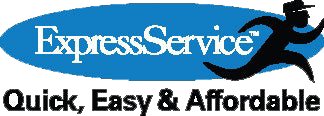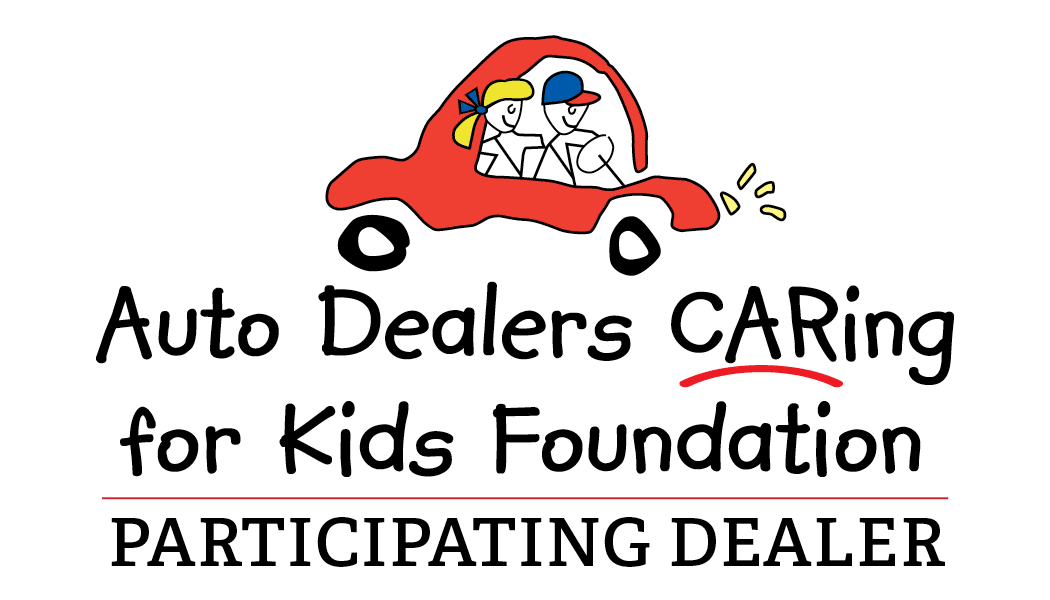Our Repair Process
JL Freed Honda Auto Body establishes three goals when repairing a vehicle:
- Restoring the appearance of the vehicle
- Restoring the performance and safety of the vehicle
- Provide lasting repairs with high quality replacement parts and paint
What goes into a collision repair includes both a significant amount of both skilled labor and parts which in turn can translate into a fair amount of cost. Today’s automobile designs reflect not only style and looks, but exceptional improvements in passenger safety as well. While you may be concerned with the extent of the damage that the vehicle suffered, it is important to understand is that much of the damage is done by design. The buckling and crumpling of certain parts on a vehicle are a safety feature where the impact energy is being absorbed by the car instead of the passengers.
The Estimate
The repair process starts with an estimate and coordination with your insurance company. If you plan on using an insurance company to pay for repairs, please provide the estimate to us prior to scheduling your drop off appointment. The length of repair will depend on the cooperation of your insurance company. Understanding your insurance policy is key to knowing your rights as the vehicle owner.
We are a Honda Certified Collision Facility; we use OEM parts for the repair of your vehicle after a collision. Visit the site listed below to learn the importance of genuine parts.
Please review the information at https://owners.honda.com/collision/
We use a computerized estimating system that allows us to generate an estimate quickly, accurately, and legibly. We will review the report with you and carefully explain how the vehicle will be repaired. While we recommend you schedule an appointment for an out-of-pocket estimate, we will be happy to help walk-in customers as well.
Scheduling the Repair
The next step would be to schedule your repair at a time convenient for you! We handle administrative issues such as calling the insurance company to make sure everything is in order; making a rental car reservation if applicable, ordering parts once our bill to repair is approved and answering any questions you might have.
Vehicle Drop-Off
You can drop off the car the morning of the repair or use our night drop procedure. A repair authorization form can be signed in person or sent to you via email prior to disassembly.
The Disassembly
Honda requires a Pre and Post Repair diagnostic scan of your vehicle system. We will disassemble your vehicle with your initial estimate and write our repair plan. Parts will be ordered once our bill to repair is approved in writing. If additional damage is found during the process, a supplemental bill is created. These changes are quickly communicated through our processes and computer systems and any additional parts are ordered after your insurance company approves our bill. – we work very hard to make sure nothing causes a delay to your delivery date. The length of repair will depend on the cooperation of your insurance company.
If an insurance company is not covering the full bill to repair your vehicle, we will let you know what the short pay amount is before repairs will begin.
Frame and Structural Work
Years ago, most cars were built using an independent frame with a separate body that was bolted on. Today, most cars are made of a uni-body construction. Uni-body refers to the many sheet metal parts that are welded together to form a single unit. Whether working on a frame vehicle or unibody design, our technicians will ensure that the structural components are brought back to their proper dimensions and shape using Black Hawk frame straightening and computerized measuring equipment to ensure a proper repair.
Body and Plastic Work
Following frame repair, our technicians replace and/or repair the damage. Here is where a technician’s work is both an art and a discipline. There are procedures that need to be followed to replace parts properly. Parts require careful handling to insure proper installation. Sometimes sections of the uni-body or structural parts need to be replaced. Again, our experienced technicians will follow disciplined procedures. As applicable, they will apply corrosion protection, use welders to join metal together, seal joints and seal seams. If damage to a vehicle is not sufficient to warrant the replacement of the part, the part will instead be repaired. Sanding and feathering of plastic is critical to the smoothness and final finish. A minor imperfection that could go unnoticed before the vehicle is painted can easily stick out like a sore thumb when that part of the vehicle is refinished.
Paint Preparation or “Prep” Work
This step involves preparing the surfaces for refinishing. "Clean and smooth, smooth and clean" is a paint department’s mantra. This requires several iterations of sanding to get the surface to the desired smoothness. Again, the focus is clean and smooth.
Overspray is paint that has made its way to other parts of the car and believe this lack of quality is unacceptable. To make sure this does not happen, paper is thoroughly taped and applied to the vehicle to prevent the tiny air-borne particles of paint from going anywhere other than on the surface it is intended for. Once the prep work is complete, the vehicle or parts to be sprayed are brought into our paint booth for the next phase of repair: the application of primer, paint, and clear coat.
Painting
We use a combination of computerized paint mixing systems, training, and experience to get our exacting color matches. We have a database of color formulations that is made to match. Along with color, other agents such as hardeners or flex additives are added. For example, flex additive is what allows a car bumper to compress or bend from a light impact and not crack. Depending on the situation, the basecoat may require anywhere from two to three coats of paint.
After the actual color has been applied, a layer of clear coat is necessary. The clear coat is the protective and beautifying layer. Depending on the application, this phase of refinishing may require two to three coats. After applying the final layer of clear, our painter will set the booth for the proper time and temperature and “bake” the finish onto the car and accelerate the curing process.
The Assembly
This step involves putting the pieces back together – door handle back in the door; moldings back onto the fender, door or quarter panel; headlamp or tail lamp reinstalled; hood ornament or windshield washer nozzles back in the hood… And so on. Depending on the severity of the repair, this can still be a substantial amount of work.
Mechanical Systems Check
After assembly, if there are any mechanical or system-oriented repairs that must be completed, they get attended to. This is when any wheel alignment, A/C recharging or brake fluids would be topped off. Depending on the repair, the technician may take the vehicle for a test drive to evaluate certain aspects of the car’s performance.
Quality Checks
We believe that a properly repaired vehicle has everything to do with quality during the entire process. Because of this, we have quality check points at various phase of the repair.
Cleaning and Final Preparation
Every car we repair is cleaned and washed before customer pick up.


